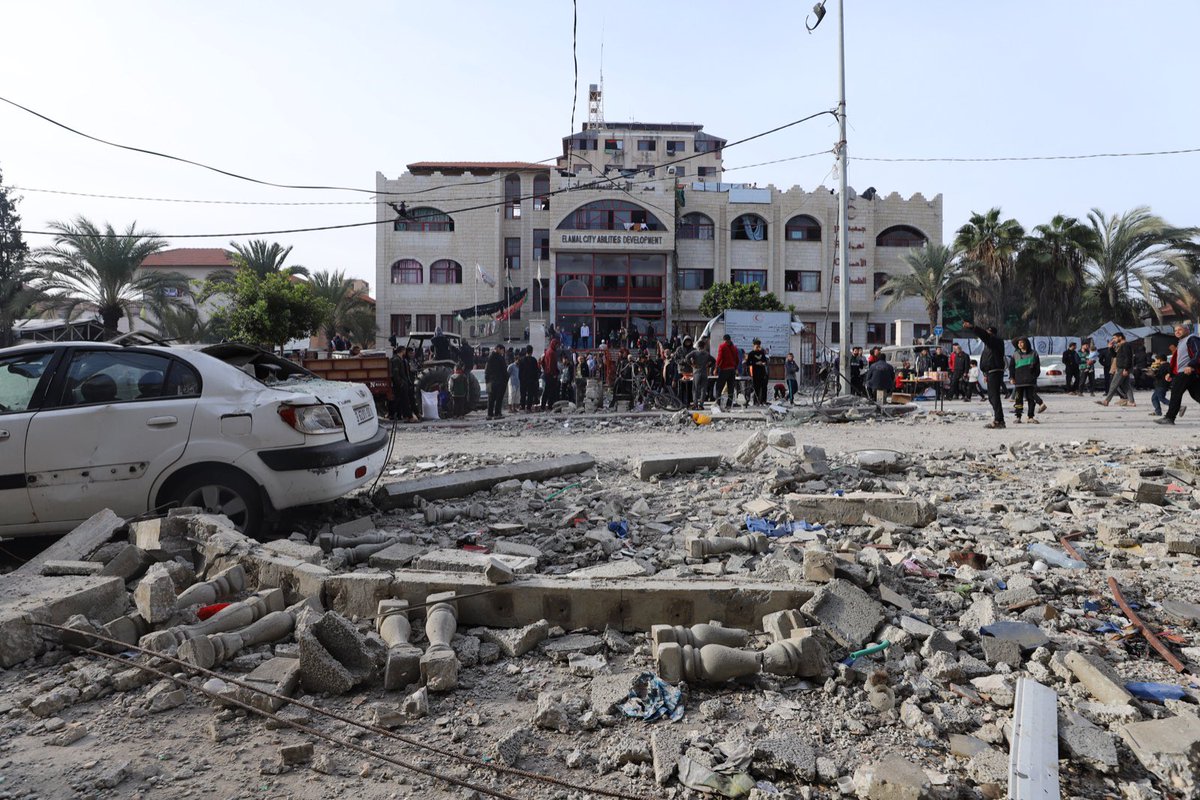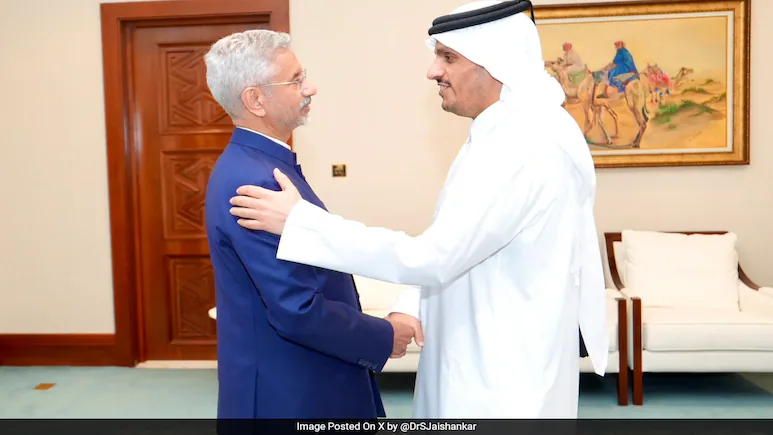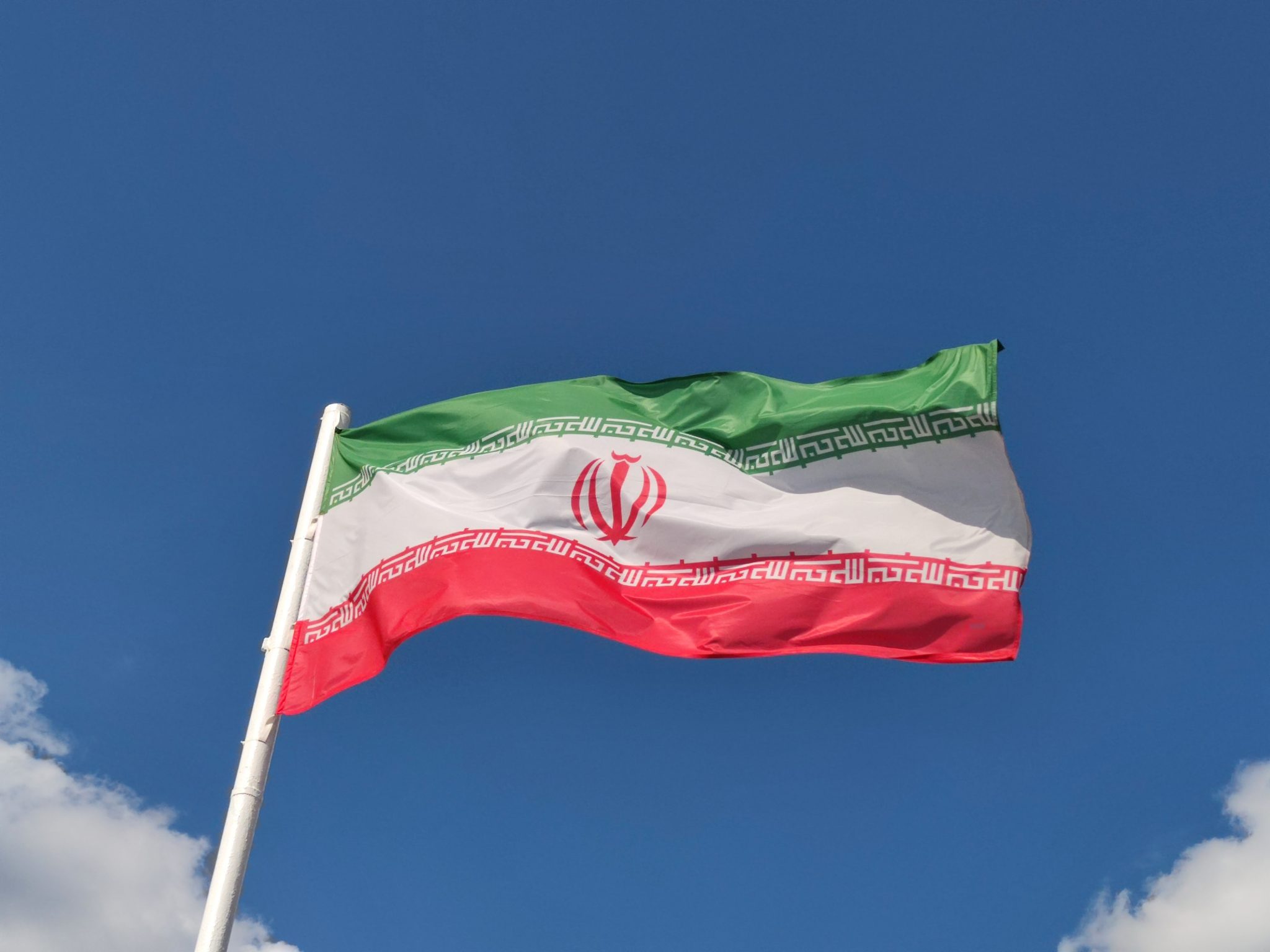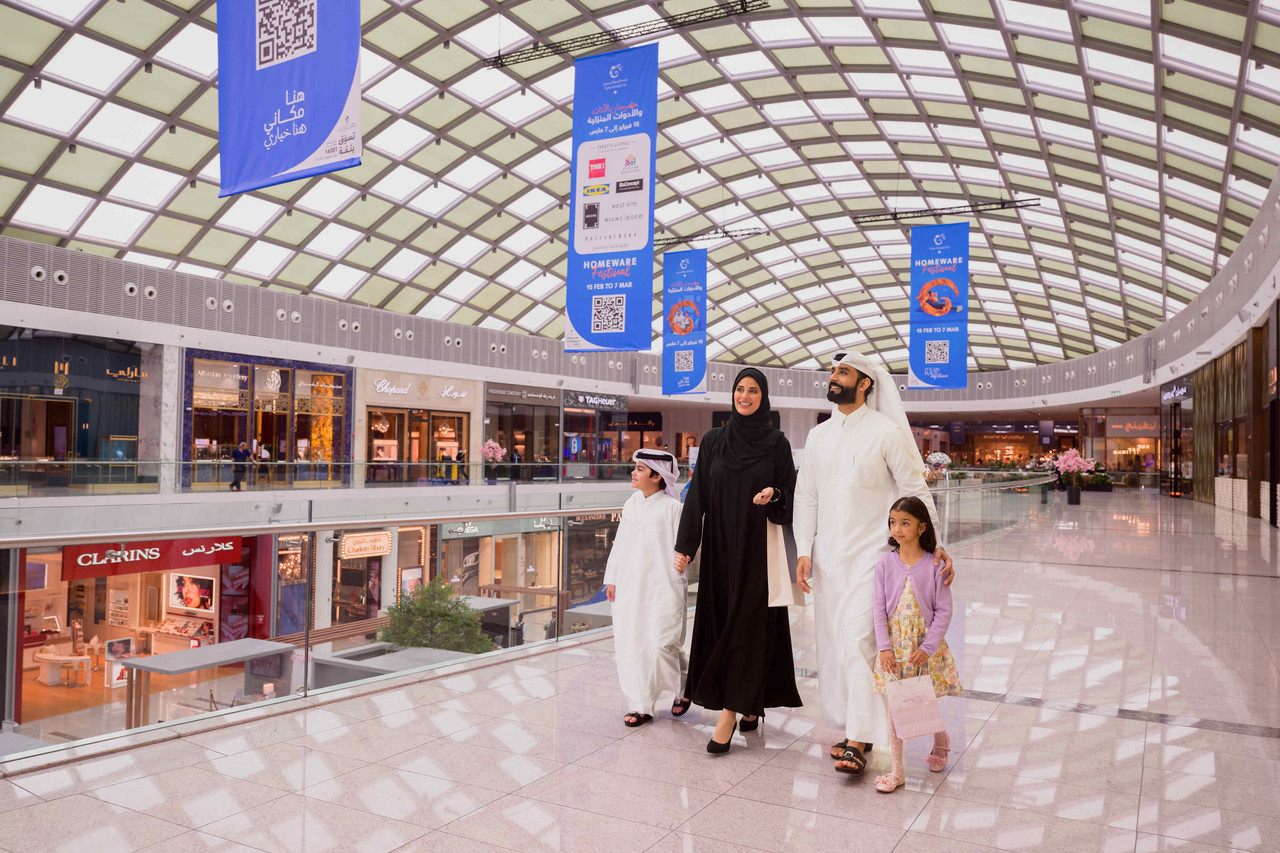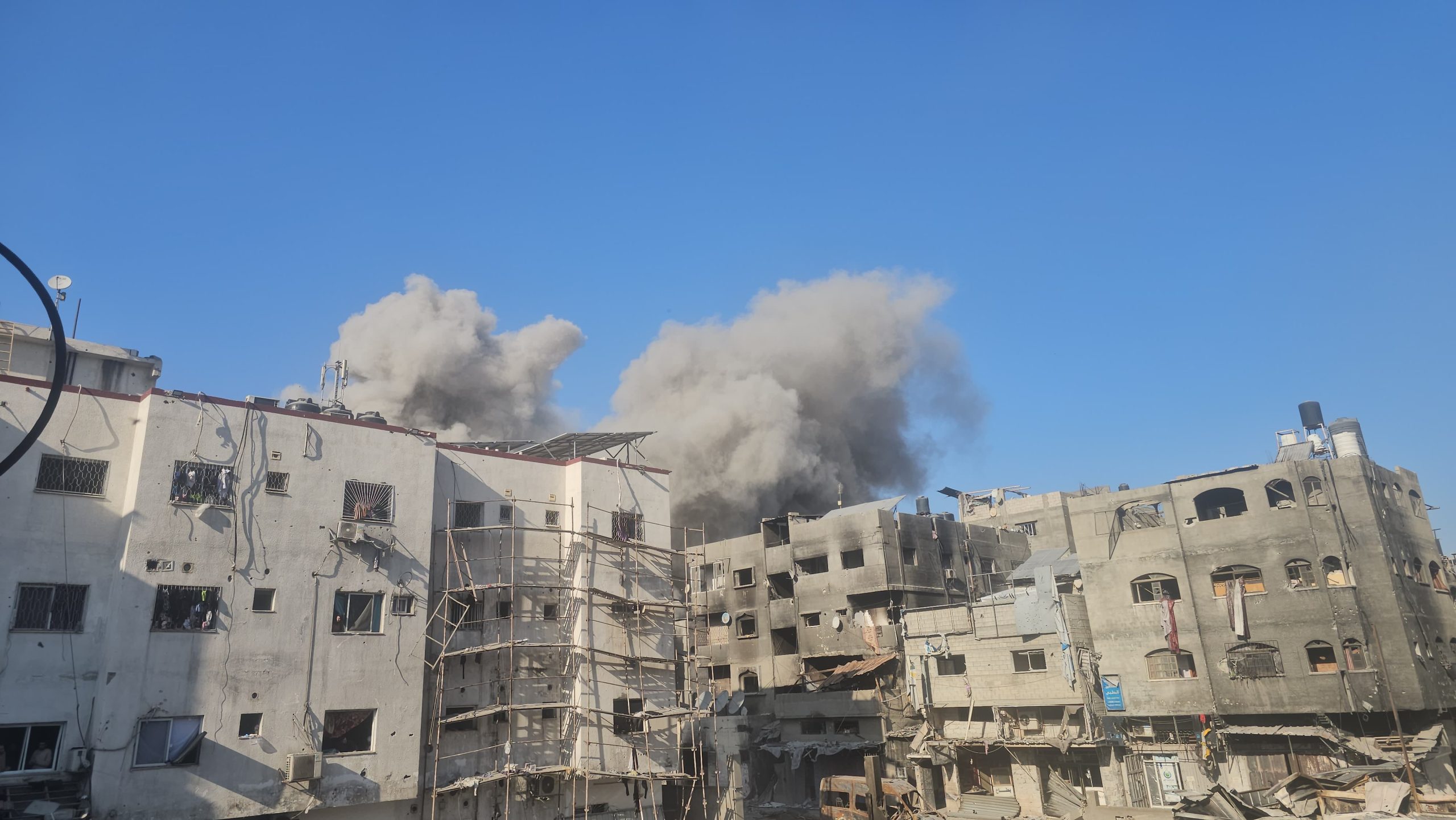Blinken is scheduled to discuss Hamas’s response with Israeli officials on Wednesday during his visit to Tel Aviv as part of his fifth regional tour since the start of the war.
Hamas has responded to a ceasefire deal with a detailed plan that will see an end to the war in Gaza and the release of remaining captives through a three-phase framework, according to a document seen by an Al Jazeera report on Wednesday.
The group’s response includes three stages, each lasting for 45 days to enable the release of all Israeli captives and the bodies of those who died while in Gaza, lifting the siege on Gaza, and reconstructing the Strip.
The group’s response came after Israel had agreed to a deal mediated by Qatar, Egypt and the US on Friday.
Hamas also added its demands to the proposal and made a few offers to the Israeli side. One such offer included the release of all Israeli children, women, elderly, and sick captives during the first stage.
The offer is in exchange for the release of 1,500 Palestinian detainees, including 500 serving life or long sentences, and all women, children and the elderly, according to Al Jazeera.
Reuters separately reported that the remaining male captives would be released in the second phase and the remains would be exchanged in the third phase. The sides would agree to end the war by the time they reach the third phase.
Hamas also demanded the entry of at least 500 aid and fuel trucks per day into Gaza during the first phase, in addition to the entry of at least 60,000 temporary homes and 200,000 shelter tents.
Also during the first stage, Hamas demanded the return of all the displaced to their homes and a guarantee of their freedom of movement between the north and south, which Israel has heavily restricted since late last year.
Another demand entailed the approval of a plan for the reconstruction of homes, and commercial and public facilities in Gaza within a maximum period of three years, Al Jazeera added.
The Palestinian group requested that the truce talks end before the second phase and demanded the withdrawal of Israeli forces to begin the reconstruction process.
Hamas also had demands beyond the situation in Gaza and requested an end to the Israeli settlers’ storming of the Al-Aqsa Mosque and the return of its conditions to those before 2002.
One final detail revealed by Al Jazeera included a demand by Hamas that Qatar, Egypt, the U.S., Turkiye, and Russia guarantee the implementation of the agreement.
The development comes as the U.S. Secretary of State Antony Blinken visits the region for the fifth time since the start of the war on October 7, 2023.
It is expected that he’ll discuss Hamas’s proposal when he meets Israeli officials in Tel Aviv on Wednesday.
Israel has killed at least 27,585 people and wounded 66,978 others while displacing 1.9 million out of Gaza’s 2.2 million population.
Speaking at a joint press conference in Doha on Tuesday, Qatar’s Prime Minister Sheikh Mohammed bin Abdulrahman Al-Thani and Blinken confirmed receiving Hamas’s response.
“We received a response from Hamas regarding the framework agreement, which includes observations that are generally positive,” Sheikh Mohammed, who is also Qatar’s foreign minister, told the press.
Sheikh Mohammed added that “Hamas’s response inspires optimism,” but said he cannot go into further details on the matter “due to the sensitivity of the current stage of negotiations.”
Blinken said he will discuss Hamas’s response with Israeli officials during his visit to Tel Aviv on Wednesday.
“There’s still a lot of work to be done, but we continue to believe that an agreement is possible and, indeed, essential and we will continue to work relentlessly to achieve it,” Blinken told the press at the Diwan Annex.
The new deal, if it materialises, will mark the second pause in Gaza after one that Qatar and Egypt had mediated last year that lasted between November 24 and December 1.
The deal enabled the release of at least 110 Israeli and foreign captives from Gaza in exchange for the release of 242 Palestinian women and children from Israeli prisons. However, the upcoming deal seems to pave the way for a ceasefire in Gaza.
The genocidal war on Gaza coupled with the complete Israeli blockade created a humanitarian catastrophe on the ground, leaving millions of Palestinians without basic resources. The northern part has particularly suffered over the past months, with the area cut off from vital aid and medical assistance.
Families in the north have been forced to grind bird feed in order to make flour for bread, something that has become a dream for Palestinians in the area. Palestinians displaced from the north has not been able to return from the south as they face the threat of Israeli tanks and field executions.

